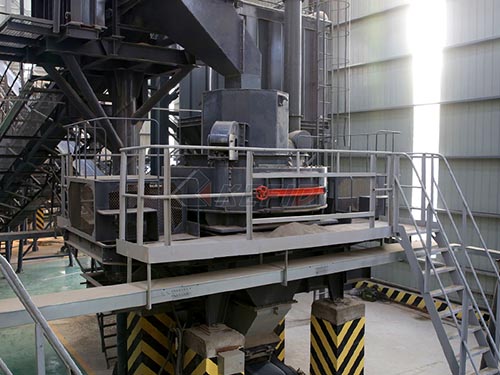The Unseen Engine of Recycling: Demystifying the Electronic Waste Crusher
The relentless tide of electronic waste (e-waste) represents one of the most pressing environmental challenges of our digital age. As obsolete smartphones, defunct laptops, discarded televisions, and myriad other electronic devices flood landfills or languish in storage globally, the imperative for efficient and responsible recycling intensifies. At the heart of advanced e-waste processing facilities lies a critical piece of technology often operating unseen by the public eye: the Electronic Waste Crusher. Far more than simple brute-force machines, these sophisticated systems are engineered marvels designed to liberate valuable materials from complex electronic assemblies while enabling safer downstream processing and minimizing environmental harm.
The Scale of the Challenge: Why Crushing Matters

To appreciate the crusher’s role, one must first grasp the magnitude of e-waste generation:
1. Exponential Growth: Driven by rapid technological obsolescence (“upgrade culture”), decreasing product lifespans, and increasing global electrification, e-waste is now the fastest-growing waste stream worldwide.
2. Toxic Potential: E-waste contains a complex cocktail of hazardous substances – lead (Pb) in solder and CRTs, mercury (Hg) in switches and backlights, cadmium (Cd) in batteries and semiconductors, brominated flame retardants (BFRs) in plastics, chromium VI (CrVI) coatings – posing severe risks to human health (neurological damage, cancer risks) and ecosystems if improperly handled through leaching into soil and water.

3. Resource Opportunity: Simultaneously buried within this toxic matrix are significant concentrations of valuable resources – gold (Au), silver (Ag), palladium (Pd), copper (Cu), aluminum (Al), tin (Sn), cobalt (Co), lithium (Li), rare earth elements – far exceeding their concentrations in primary ores.
4. Logistical Complexity: Unlike homogeneous materials like paper or glass bottles, e-waste comprises intricate assemblies combining metals (ferrous/non-ferrous), plastics of various types with additives/fillers/coatings/FRs/colors/glues/etc., glass ceramics/polymers/composites/circuit boards/semiconductors/batteries/wires/etc., all mechanically joined together via screws/clips/solder/adhesives/welding/etc., making separation extremely difficult without preliminary size reduction.
Traditional dismantling by hand is labor-intensive time-consuming expensive dangerous due exposure hazards inefficient at scale incapable handling sheer volume modern waste streams necessitates automated mechanical solutions enter specialized

Leave a Reply